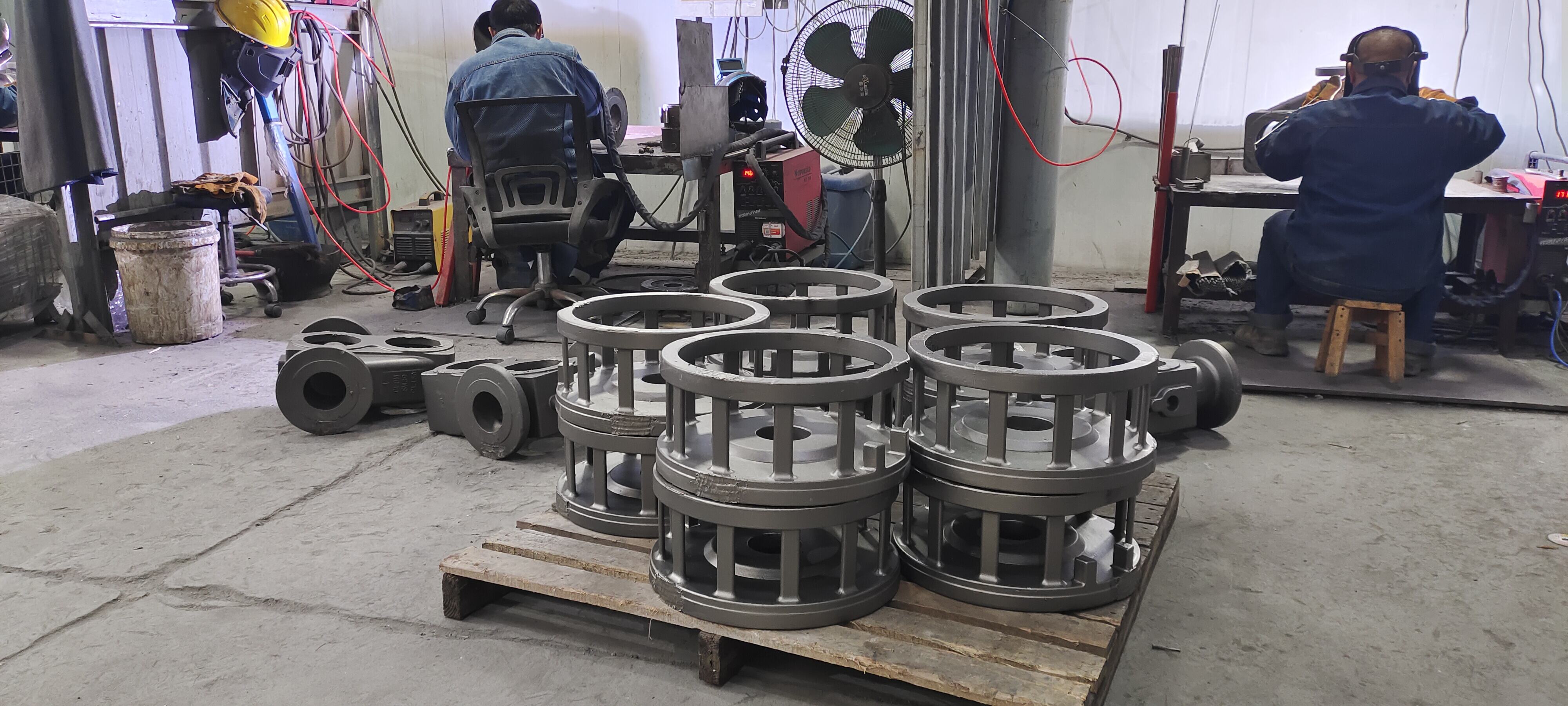In the manufacturing process such as casting, forging or welding, parts may produce defects such as pores, shrinkage holes, cracks and so on. The welding repair technique restores the integrity of the part by introducing filler materials to fill these defects. Taking shrinkage holes in large steel castings as an example, welding repair technology can effectively prevent further expansion of defects and prevent parts from being scrapped due to defects.
For parts that are worn due to long-term use, such as tools in machining, wear-resistant parts in mining equipment, etc., welding repair technology can be applied to repair worn areas. By adding wear-resistant material to the worn part for welding repair, the size and performance of the part can be restored, and its service life can be extended.
In some specific situations, welding repair technology can be used to enhance the function of parts. For example, in steel structure buildings, the bearing capacity of the structure can be improved by adding reinforcing plates to the original beams or columns through welding.
When product design changes, welding repair technology can be applied to retrofit existing parts. For example, in the process of auto parts modification, new structures or components can be added to the original parts through welding repair technology to meet new design requirements.
For some large, complex or expensive parts, if the local defect is scrapped directly, it will lead to a huge waste of cost. Welding repair technology can repair these defects to a certain extent, so that parts can continue to be used, thus saving material costs and production costs. For example, if a large Marine propeller is locally damaged, the welding repair technology can avoid re-manufacturing the entire propeller, significantly reducing maintenance costs.


Copyright © Hangzhou Jiayun Import and Export Co., Ltd. All Rights Reserved | Privacy Policy